Want To Keep A Pet Wolf? Read This First
Keeping a Pet Wolf is a dream come true for many animal lovers but it requires serious consideration.
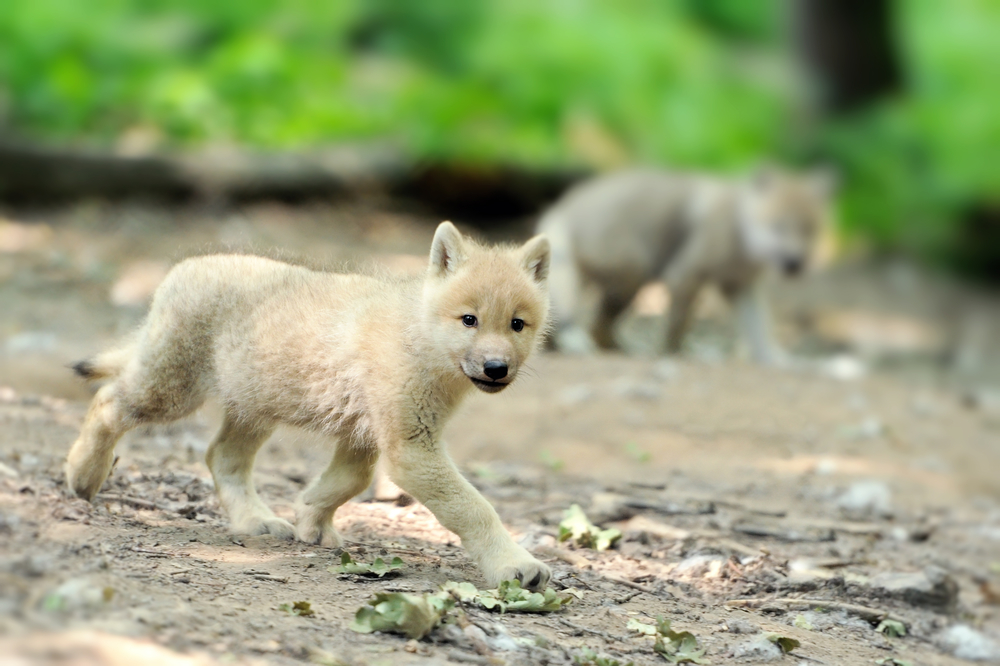
People have both admired and feared wolves for practically centuries now. That wild, free and untamable spirit holds even the best of us in awe. However, by nature, these are not domesticated animal: most importantly they are not dogs.
Similarities, either in appearances or wolf cub temperament, makes us think we are looking at the closest thing to a cute puppy. Hence, wolf lovers dream of welcoming a wolf cub into their homes and raising/training it to behave like a domestic dog.
Surely the idea of keeping such a beautiful creature in your home would appeal to most of us, but what are the pros and cons of such a decision? Below are some things to think about before you make your decision.
Consider The Following Before Getting A Pet Wolf.
Innate Wolf Behavior
The laws of nature make themselves quite clear here. Dogs and humans have coexisted and grown together, as two different species, for over 10,000 years. To an extent, through behavioral and genetic conditioning over such a long period of time, dogs have biologically developed to agree with and get along with humans.
Wild wolves lack this conditioning. They have lived on their own, hunted massive prey and roamed free for thousands of years. Even if you were to take a newborn wolf cub and raise it, their instincts will return to that of their wild parents.
Environment alone won’t change that.
Transitioning From Pet Wolf Cub To Adult Wolf
As cubs, these animals are very similar to puppies. They are always happy, playful, and extremely cute. Their beauty and devotion will melt even the most hardened of hearts.
However, as they approach sexual maturity, most of them become territorial, pack-oriented and their predatory instincts kick in. You may begin to notice displays in your pet wolf like destroying furniture and terrorizing other pets.
Because of these instinct, even highly specialized wildlife centers that continue to rear wolf cubs for the purposes of conservation or breeding, struggle with them after a certain age. Of course, that’s not to say that wolves in general are aggressive, untameable, untrustworthy or unreliable creatures. But we must acknowledge that their biological “programming” does not fit well with domestic settings.
Though extremely adorable as cubs, as they grow older wolves can become difficult to manage.
The Space Requirements For Wolf Rearing Can Be Daunting
Every dog owner knows that they will require some backyard space (especially for the large dog breeds) and frequent exercise to keep the animal fit and happy. Now multiply that space and exercise requirement maybe tenfold and you’ll get a better picture of what a wolf needs.
In the wild, these animals travel many kilometers daily. That’ s their life and they are built for it. Can you provide a dedicated area of between 20 and 40 square kilometers for your pet wolf to be happy?
The Pet Wolf And The Wolf Pack Life
By nature wolves are also pack animals: they thrive off this social structure and they need their own kind to live the quality of life best for them.
Wolf packs can range from 2 to 36 wolves, with an average pack size of about 6. It’s highly unlikely that an average pet wolf owner in a domestic setting would have the resources to maintain up to six or more wolves at a time.
You can read more about wolves and their need for packs here.
“Normal” Wolf Behavior Can Be Alarming
The typical manner wolves interact with their kind may alarm those who are unfamiliar with them. For instance, they howl: a lot.
Also, wolves greet one another by gently biting one another’s faces. Dogs don’t do this and anyone observing them may interpret it as a form of aggression. A pet wolf may attempt to greet you, or your child with a face bite.
Obviously that wouldn’t go down too well. When these behaviors become a problem, many pet wolf owners give up and opt to send them to sanctuaries or leave them chained outdoors for extended periods of time.
The Question Of Legality
It is illegal in some states of the USA and some countries worldwide to keep a pet wolf or keep a wolf at all. For instance, it is illegal to have a pet wolf in Connecticut, Hawaii, Idaho, and so on. Some countries allow you to have them but they require a special license along with other very strict requirements.
Whereas some nations, e.g. Australia, do not permit keeping wolves at all.
This is because of past incidents of mismanagement. The sheer risk of serious injury cannot be overlooked especially in a residential area with lots of children running around.
Despite being beautiful creatures, with a physical similarity to our much loved dogs, these creatures are a wild species. Humans will never stop admiring or talking about them and that’s evident in mythology, folklore and traditional reverence of wolves.
However, you need to seriously consider if you are up to the task of keeping and rearing an animal with such a free and wild spirit.
Whatever the case may be, if you do decide to keep a pet wolf do check out our list of wolf names for the awesome new addition to your life and home.


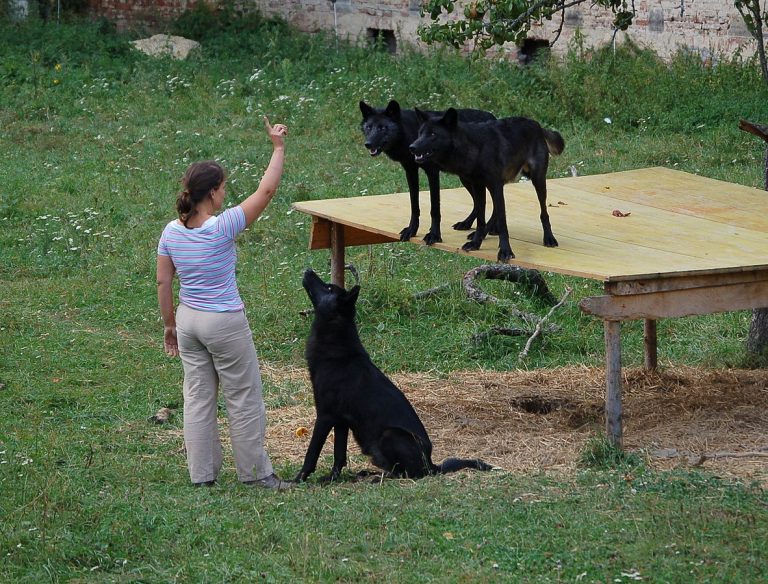
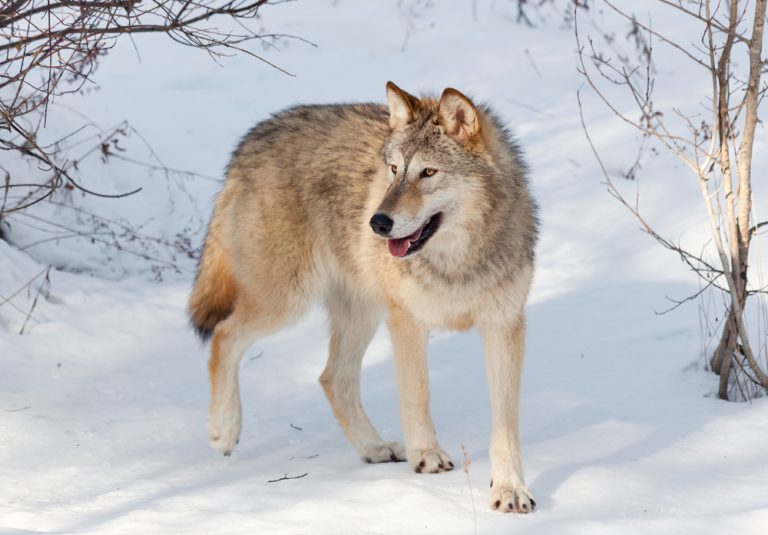
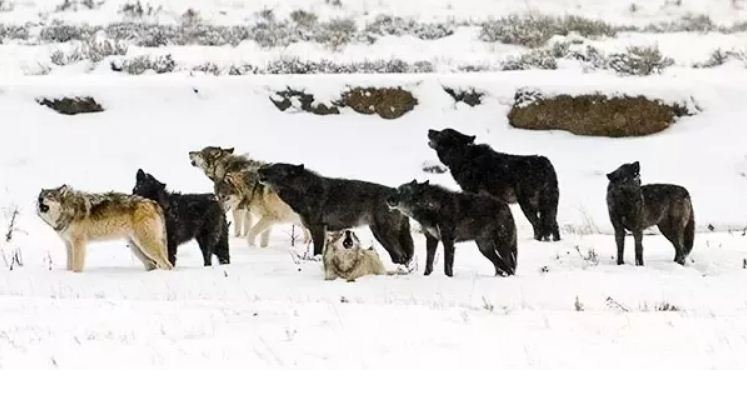

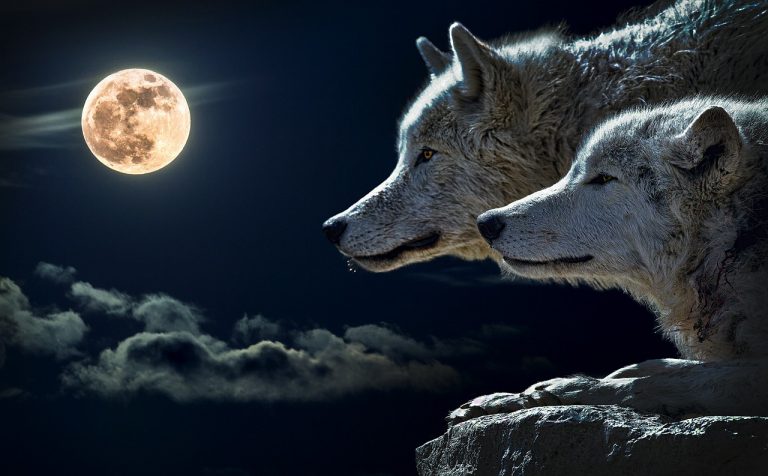
Totally agree, Wild Animals belong in the Wild! If WildLife Imprints on a Human & lives or goes back to the Wild due to the Human not being able to handle it chances are other People can see it as a Threat if it comes to close to Humans & their Pets the most likely Law Inforcement will put the poor Animal Down:(,😥
I have to say that I have had a great wild wolf the gent was very much wanting to know my were about at all times.